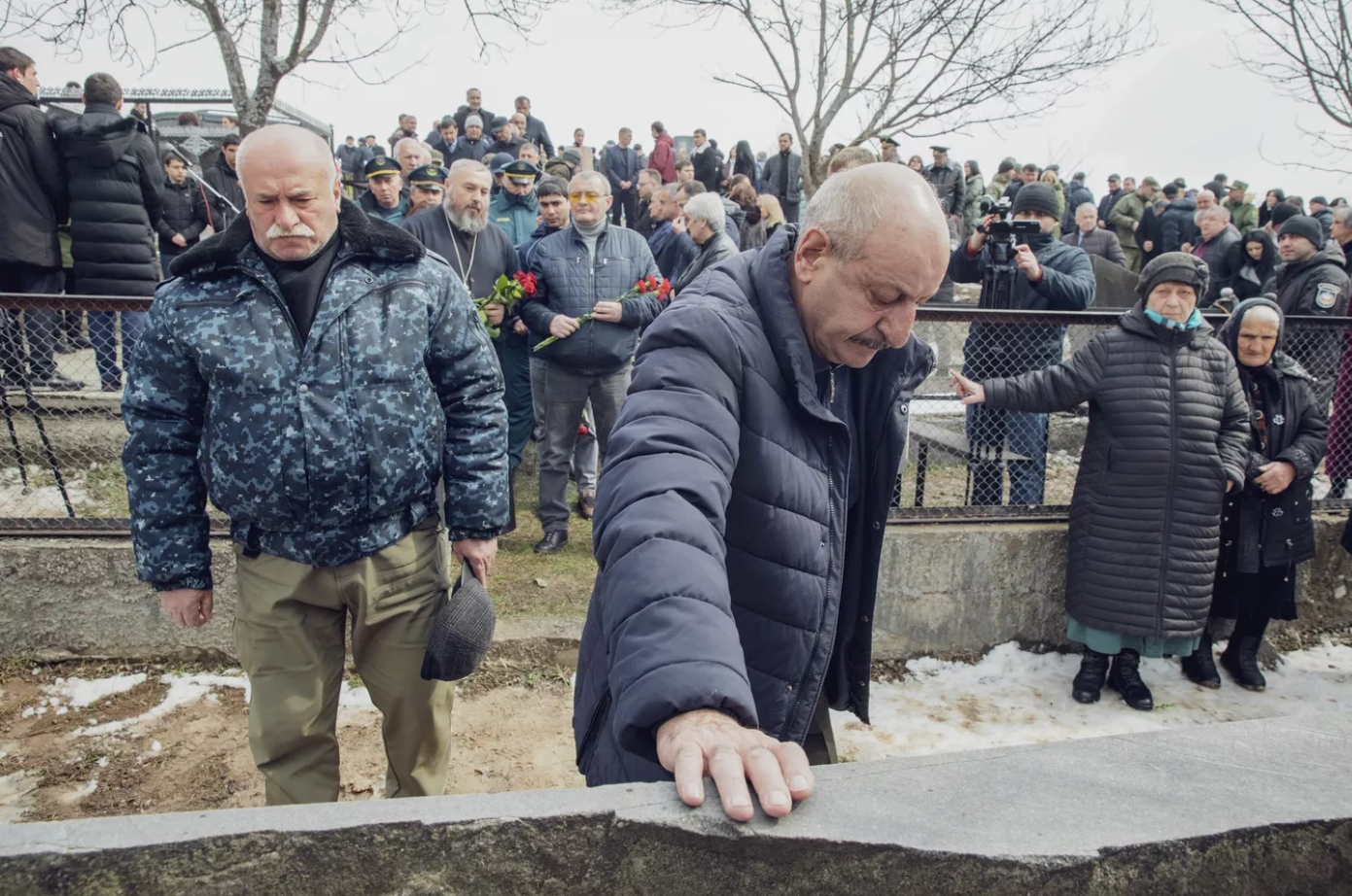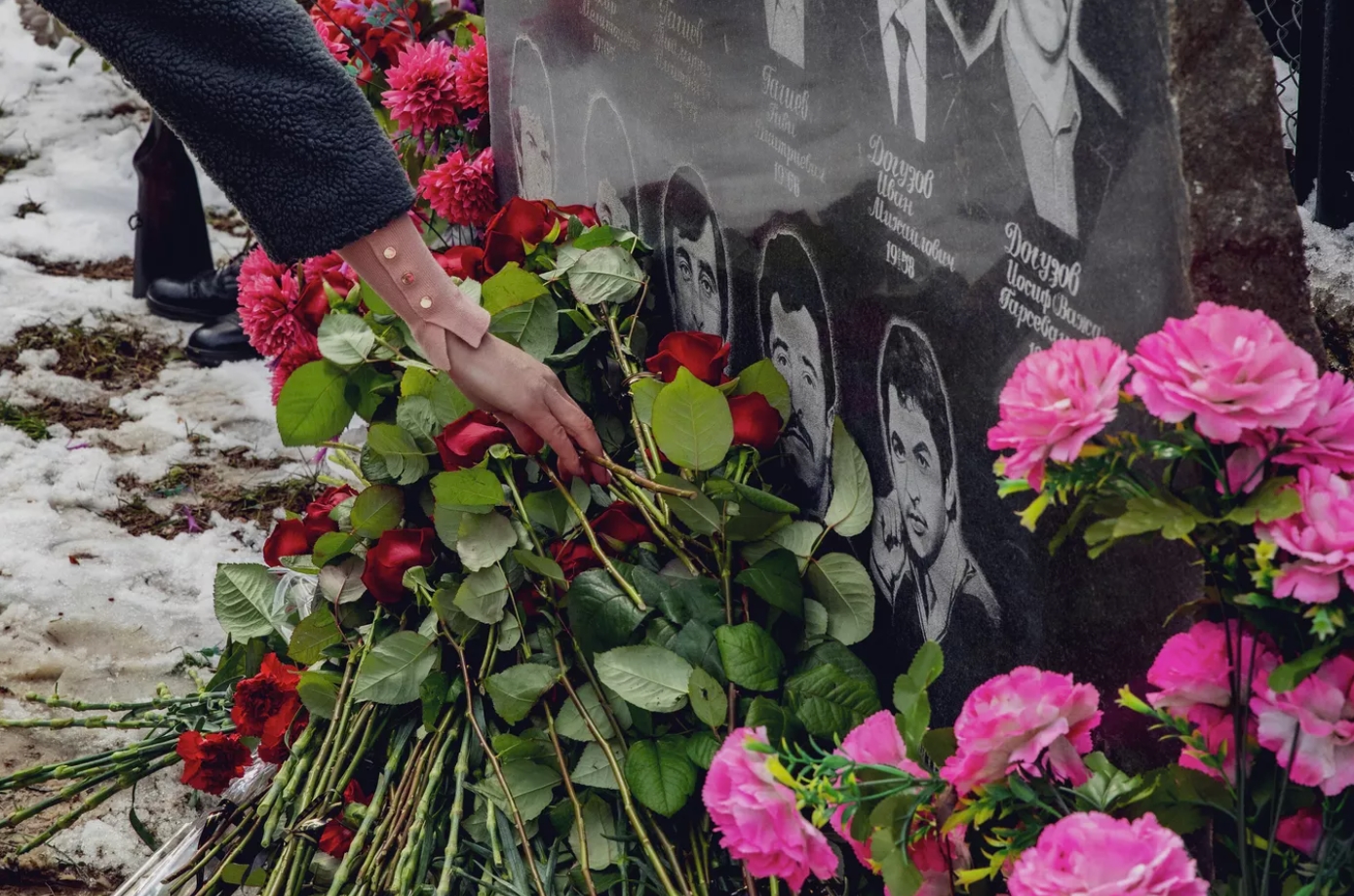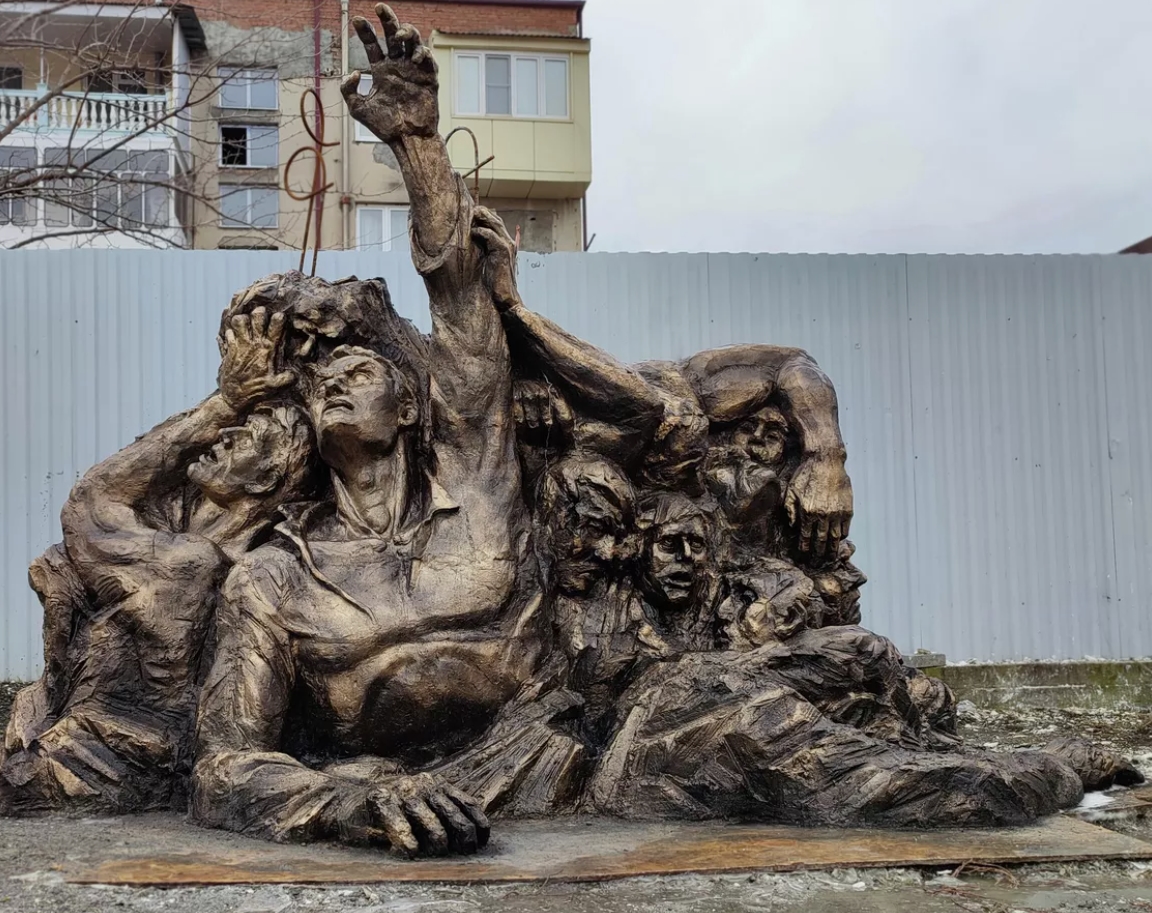Buried alive: What Happened in the Village of Ered, South Ossetia on 18 March 1991

On March 18, 1991, Georgian militants stopped a truck carrying 25 Ossetian civilians near the village of Ered in the Tskhinval region of South Ossetia. After being beaten and abused, the women and children were released, but the fate of 12 men remained unknown for over two years. It was later discovered that they had been tortured and buried alive.
It is a horrifying tragedy that still remains an open wound for the loved ones and relatives of the victims, as well as the entire Ossetian people.
Marina Dzhabieva begins her story by recounting a tragic event that occurred 32 years ago. She and her entire family were traveling in a truck that was stopped by Georgian nationalists near the village of Ered, now known as Irykau. The date was 18 March 1991, and the truck was carrying 25 Ossetians from Dmenis to Tskhinval.
The women and children in the truck were beaten but eventually released. However, the 12 Ossetian men on board were subjected to torture and eventually buried alive. After brutal torture and abuse, the exhausted Ossetians were tied to a tractor and dragged to a nearby ravine, where they were buried alive and covered with earth. The perpetrators then tried to conceal their crime by using a bulldozer to cover the grave and building a road over it.
For a long time, the 12 men were considered missing. It was only after two years and seven months that their remains were finally discovered.
The Ered tragedy remains one of the most brutal war crimes committed against the Ossetian people.

On September 25th and 27th, 1993, after obtaining information from anonymous sources, employees of the Ministry of Internal Affairs and the Prosecutor's Office of the Republic of South Ossetia discovered the burial site. They exhumed the remains of the victims in the presence of representatives from law enforcement agencies of Georgia, as well as the victims' relatives and friends. With the help of DNA testing, the identity of the dead was established, and they were buried with honors in the cemetery of Tskhinval.
"We received information that these people were beaten with reinforcement rods. One of the bodies even had a foreign object, possibly an ax or a shovel, stuck in the pelvic bone. The victims' arms and legs were tied with wire," said a former criminologist.
The killers had thrown the 12 Ossetians into a ravine, doused them with gasoline, and set them on fire. Some were still alive when they were buried under the earth. The killers then covered the burial site with a bulldozer and laid a road on top of it. This heinous crime was committed solely because of the victims' Ossetian ethnicity, and it resulted in the deaths of people as young as 17.
The victims were identified by their clothes
Subsequently, the Georgians paved the way through the place where 12 Ossetians were buried. However, the bodies were not immediately found. Initially, they began to dig a little further away, but then the remains of the first two people were discovered.
Rudolf Khodov, who was a forensic expert at the Ministry of Internal Affairs of South Ossetia at the time, took part in the exhumation of bodies after the Georgians themselves reported the place of burial of the victims.
+ Georgian Brutality and Local Support | 'Mobilizing in Uncertainty'
+ The murder of Alexei Kogoniya by Georgian Nationalists on 16 July 1989
+ The worst of days: 30 years on from the Lata tragedy
“The bodies of the old man and his son were the first to be found, and then they were identified. We had to work with our hands to dig them out so as not to damage the remains, but we couldn’t do it ourselves,” Rudolf said.
One of the relatives of the victims of the tragedy, Nikolai Doguzov, accompanied a group of law enforcement officers to the location. He went on foot to the village of Dmenis to ask for help and brought about seven more guys with him. Nikolai himself immediately identified his brother by his clothes.

The bodies were seized with great care, and it was impossible to rush the process. They were wrapped in plastic bags and sent to the city morgue for the identification procedure. Like Nikolai, other relatives identified the victims by their clothing.
“At some distance from the ravine where they were buried, there was an empty place. It seemed that there was nothing else there, but we continued the search, and a little further we found two more bodies. They, unlike the others who had their hands and feet tied, were tied to each other with wire backs. The bodies were burned, and a canister lay next to them," Rudolf recalled.
He still remembers that one of the victims was wearing a hand-knitted grey sweater. Rudolph suggested that these two people were buried earlier or later than the others.
Georgians Flee After Gruesome Discovery of Buried Ossetian Victims
When the first remains were found, the Georgians who were there fled. They were probably afraid of what the Ossetians could do to them when they saw the horrific scene.
"They were just scared. When we started digging, people gathered nearby, shouting something angry. No one dared to come close. But when they were told that we had found something, not a single living soul was left. Even in the yards, no one was there when we came back that day. They were scared," Rudolf recalled.

When War Brings Out the Worst in People
The war reveals the worst side of a person. There were many such severe cases in Rudolf Khodov's long-term practice. The Zar tragedy was one of them, among hundreds of challenges that he had to face every day. Often, the whole day passed in anticipation.
"One such case was in the village of Khelchua, where Georgians brutally killed an elderly couple. When we got there, the village was already wild - knee-deep grass, pets roamed the yards, and the owners abandoned their houses. Sometimes, the Georgians made their way there, took away refrigerators, TVs, and all the clothes remained in the closets," Rudolf said.
According to him, the man was killed with buckshot, and the woman's head was cut off. Their son-in-law was a Georgian who lived in another village. He made his way to them at night, wrapped the bodies in sheets and curtains, and buried them in the garden near the fence.
"The smell was terrible. The Russians ran away. Women who were with us wanted to dress the bodies, but it was impossible. We could hardly put them in coffins, took them to the cemetery and buried them," he said.

Despite 32 years passing since this terrible crime, there is no reliable information that any of the organizers or perpetrators were held accountable or punished for their actions. The Georgian authorities did not take any steps to find and punish those responsible. This crime continues to be called a tragedy, but it is clear that it was not just a tragedy, but a crime.